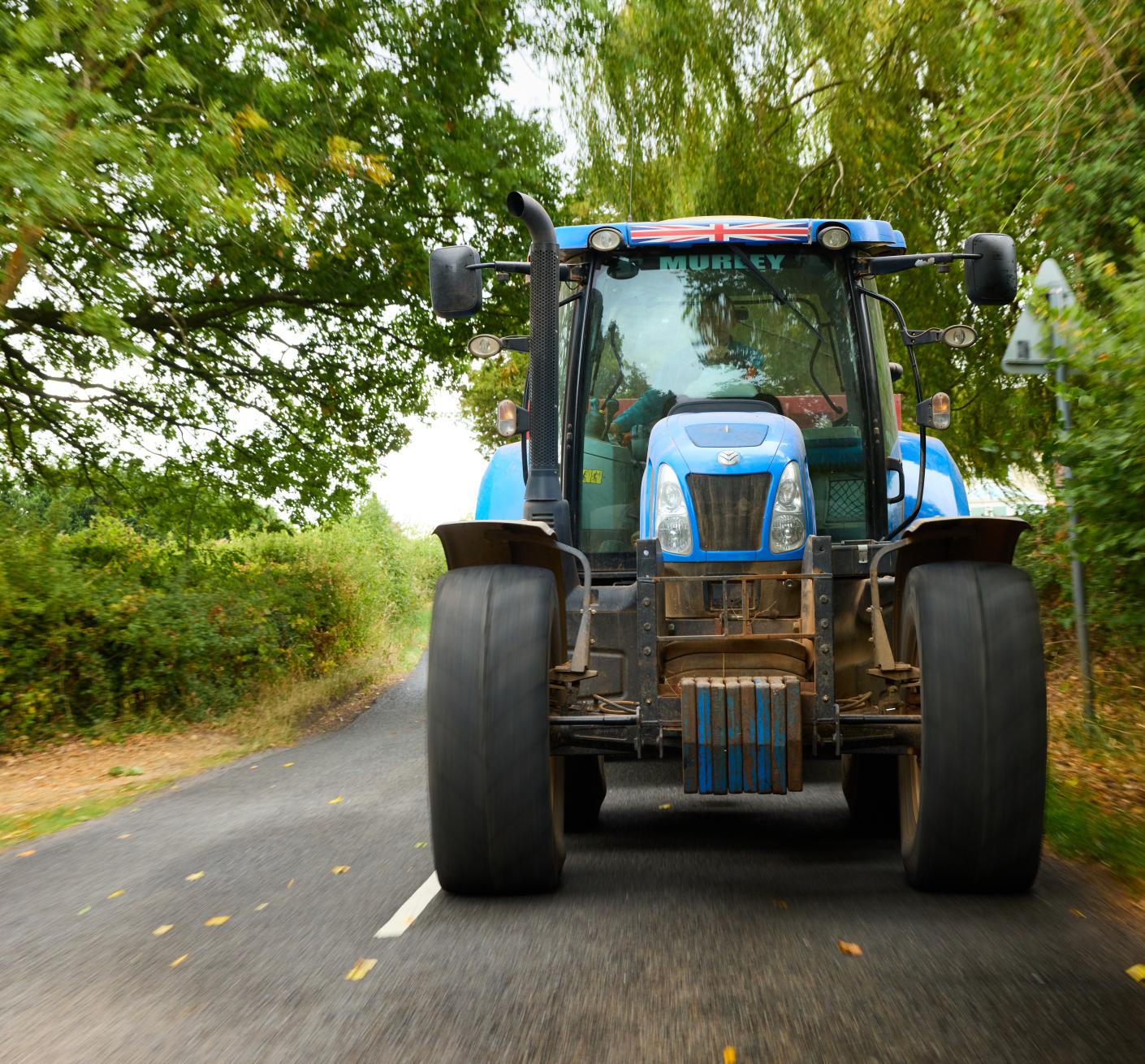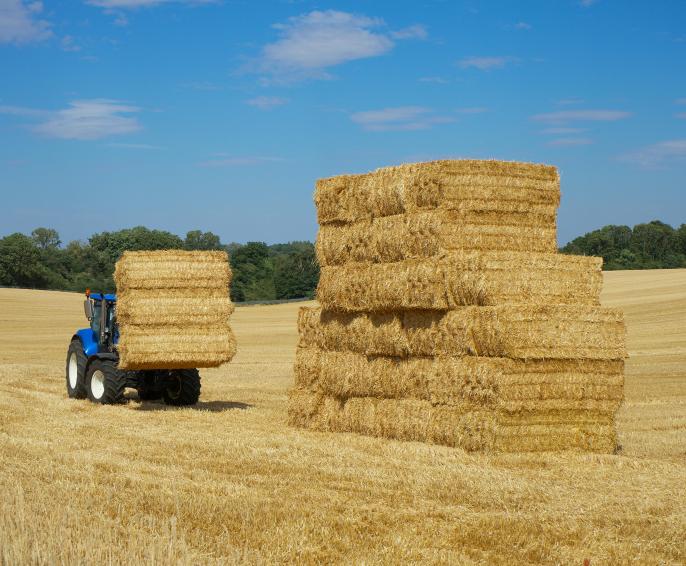Fire safety on the farm
Practical ways to reduce the risk of fires on farm which can devastate lives, property and livestock, as well as the local environment and wildlife

Fires are an ever-present risk on farms but the good news is that many of these fires can be prevented with careful management.
By following the advice below – much of which has been developed by the National Farmers' Union – you can help to reduce the risk of fires which can cause serious injuries or death, as well as destroying property and livestock.
Harvesting during periods of wildfire risk
The purpose of this best practice advice is to reduce the risk of wildfire ignition and spread during harvesting operations in high fire risk periods.

When to act
Implement these measures in hot, dry, windy conditions when the risk of ignition and rapid spread of fire is high.
Start harvesting from the downwind edge
Starting from the downwind edge ensures that any fire caused by machinery spreads into already harvested areas and not standing crops.
- Determine wind direction before harvesting
- Work into the wind to reduce risk of fire spread
Harvest headlands first
Clearing a perimeter swathe around the field before moving into the centre can slow fire spread.
Benefits:
- Slows fire spread
- Improves access for emergency vehicles
- Helps form a containment line
Plough or disc behind the harvester
On very dry and windy days, consider using a tractor and plough (if practical) or disc cultivator to follow the harvester around the headland to create a bare-earth firebreak.
- Do this immediately after harvesting outer edges
- Creates a physical barrier to fire spread
Keep fire suppression equipment on site
Equip harvest teams with:
- A tractor with water bowser
- At least one fire extinguisher on each machine
- Radio or mobile phone for emergency communications
Check and clean machinery daily
- Remove crop dust and straw build-up from engines and bearings
- Check for hot spots or faulty wiring
- Avoid metal-to-stone contact where possible
Work in teams where possible
- Have a second operator with a plough, disc, or bowser on standby where possible
- Rotate tasks and maintain constant lookout for smoke or heat
Communicate with neighbours and responders
- Inform nearby landowners when harvesting in high-risk areas
- Know how to report fire quickly, call 999 and ask for the fire service
- Use GPS location apps such as what3words to help firefighters locate field entrances
Summary checklist
- Harvest starts from downwind side
- Headlands harvested first
- Plough follows combine on headland
- Fire suppression tools on site
- Machinery inspected & cleaned
- Team briefed and contactable
